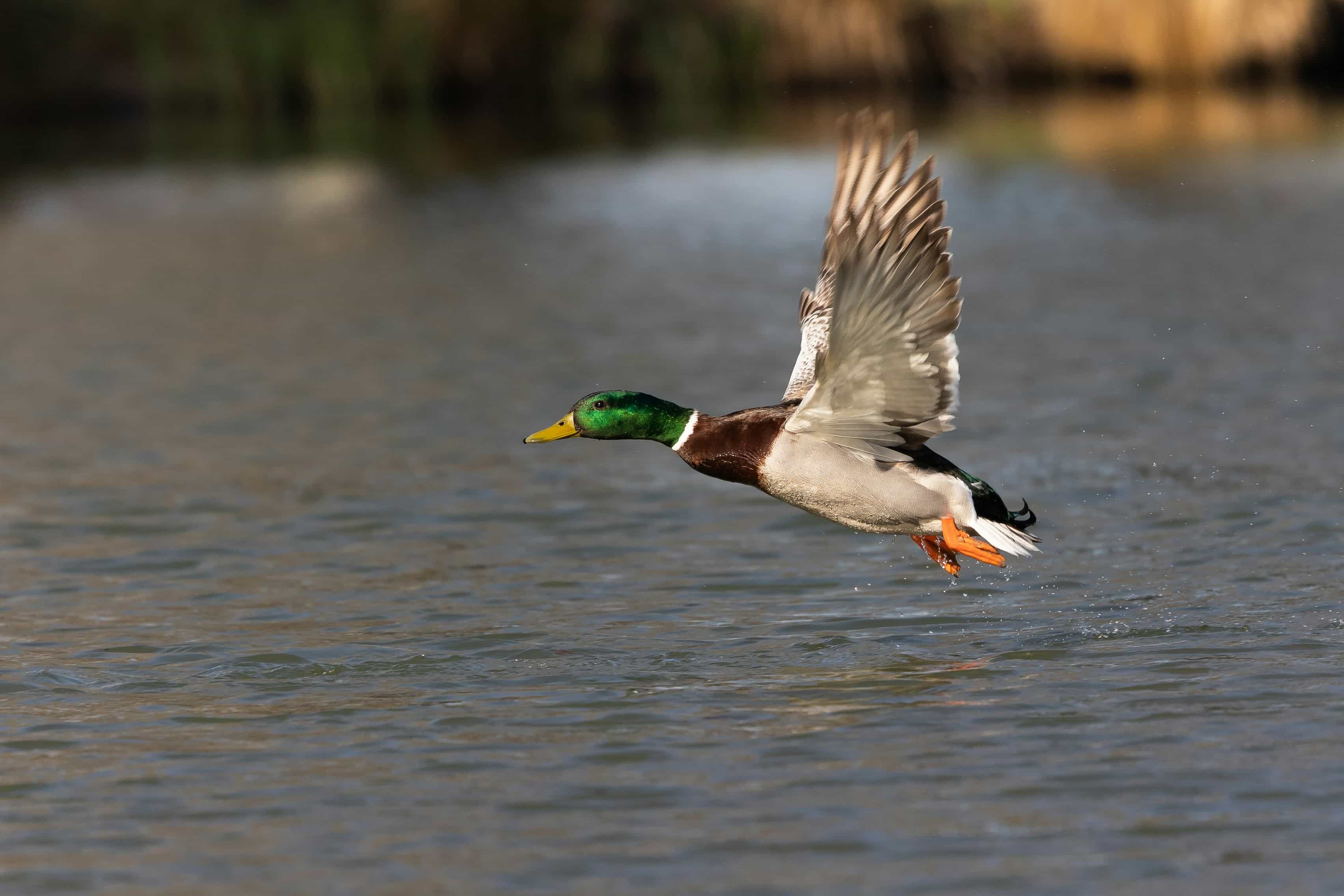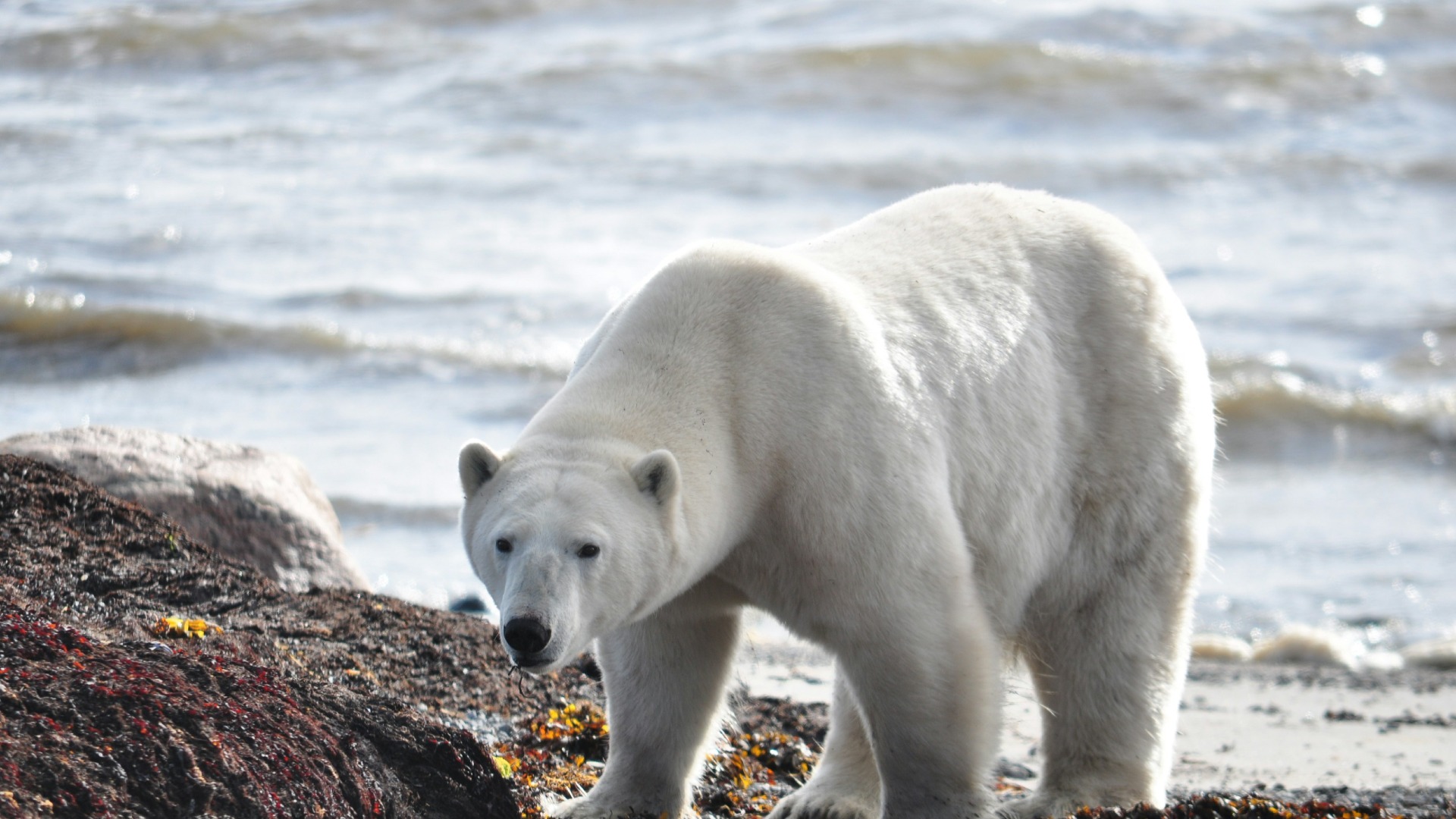Bird migration is one of nature’s most incredible phenomena. But while we marvel at birds flying thousands of kilometers across continents, scientists are uncovering a hidden danger that tags along with them: the spread of deadly bird flu. In particular, the Highly Pathogenic Avian Influenza (HPAI) - a fast-spreading and lethal virus - is now being linked to migrating waterfowl that pause too long during their journey.
A new study has found that the length of time birds spend resting in wetland areas during migration, known as a stopover, can significantly raise the risk of bird flu spreading to nearby backyard poultry farms. This is more than just a problem for chickens and ducks. These small farms often have fewer protections in place, making them ideal spots for the virus to jump from wild birds to domestic animals, and possibly humans.
Why Migrating Birds Matter
Bird flu isn’t a new threat, but it’s becoming harder to control. Once mostly an issue for commercial poultry operations, it now affects wild birds, backyard chickens, and even mammals in some cases. The virus, especially the H5N1 strain, is known for being highly contagious and often fatal in birds.
In this study, researchers focused on mallards and mute swans - two common types of waterfowl in Europe. They built a detailed mathematical model to understand how these birds interact with backyard poultry farms in Croatia, a known hotspot for bird flu outbreaks.
The model showed that the longer migrating mallards stay in a region during fall migration, the greater the chance they pass the virus to backyard birds. Interestingly, when they arrive doesn’t seem to matter as much. It’s the duration of their stay that drives infection risk.
How the Virus Spreads
The flu virus spreads between birds in a few ways: direct contact, contaminated environments, and even via water sources where infected birds shed the virus. The model looked at all these factors and found that mallards are the main culprits when it comes to bringing HPAI into new areas.
Mute swans, in contrast, are more like early warning systems. They’re very susceptible to the virus and often die quickly after becoming infected. Because of this, they can act as sentinels, giving farmers and health officials early signs that HPAI is present.
But here’s the twist - if the virus becomes less deadly, infected birds may not die quickly, making it harder to detect outbreaks early. This means the virus can spread silently for longer, posing a bigger threat to both poultry and people.
Immunity and Risk Management
The model also looked at what happens when some birds have already been exposed to HPAI in the past. These birds develop immunity, which helps slow the spread of the virus. In fact, even partial immunity, from past infections with related but weaker flu strains , can have a major protective effect on nearby poultry farms.
This raises important questions about how past disease exposure, bird health, and climate change all interact. If migrating birds are healthier or stay longer due to milder winters, the risk to backyard poultry can shift. This shows just how complex, and fragile, the balance is between nature, agriculture, and human health.
Better Forecasting Could Save Lives
One of the most exciting parts of the study is its potential to help us predict and prevent future outbreaks. By understanding bird migration patterns (especially the length of stopovers) officials can better target disease surveillance and plan biosecurity measures for farms near high-risk areas.
If we know a large number of mallards will pause in a specific wetland, and that these birds have previously been in areas with bird flu, we can alert nearby farms to take precautions. That might include limiting bird access to outdoor spaces, improving fencing, or even temporarily increasing monitoring for sick birds.
A Global Issue with Local Solutions
Bird flu doesn’t respect borders, and what happens in one wetland can ripple across continents. This study, based in Croatia, has insights that apply to regions all over the world where wild birds and domestic poultry share space.
Backyard poultry farms are everywhere, from rural villages to suburban gardens, and they’re often the first line of contact between wild birds and people. By using advanced models like the one in this study, and by monitoring bird stopover behavior more closely, we can better protect our food supply, our health, and the wild birds we share our planet with.
The Takeaway
The next time you see ducks resting in a pond during autumn, remember: their stopover might seem peaceful, but for nearby farms, it could be a moment of high risk. With smarter forecasting and greater awareness, we can stay one step ahead of avian flu and keep both people and animals safer.


